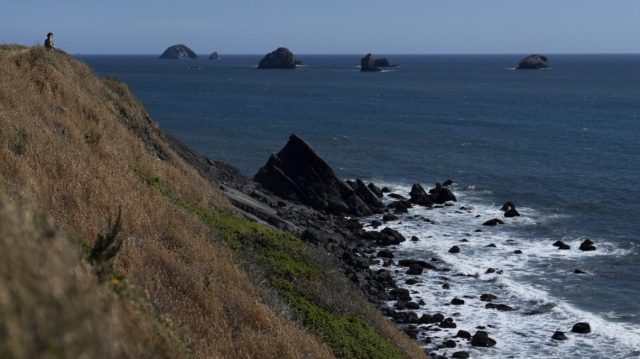Rising Waters, Growing Risks: Pacific Northwest Braces for Climate-Driven Flood Surge

A catastrophic earthquake along the Cascadia Subduction Zone, combined with rising sea levels driven by climate change, could unleash unprecedented flood risks for communities across the Pacific Northwest, according to groundbreaking new research.
Scientists warn that the potential combination of a major seismic event and escalating ocean levels could create a perfect storm of environmental devastation. The study highlights the critical vulnerability of coastal regions, suggesting that residents and policymakers must urgently prepare for these potential dual threats.
The research reveals that the region's unique geological and climatic conditions make it especially susceptible to compounded natural disasters. As sea levels continue to rise due to global warming, even a moderate earthquake could trigger massive flooding that would dwarf current emergency preparedness strategies.
Experts recommend comprehensive risk assessment, infrastructure reinforcement, and community-based disaster planning to mitigate potential catastrophic impacts. The findings serve as a stark reminder of the complex interactions between geological events and climate change, underscoring the need for proactive environmental and urban planning.
